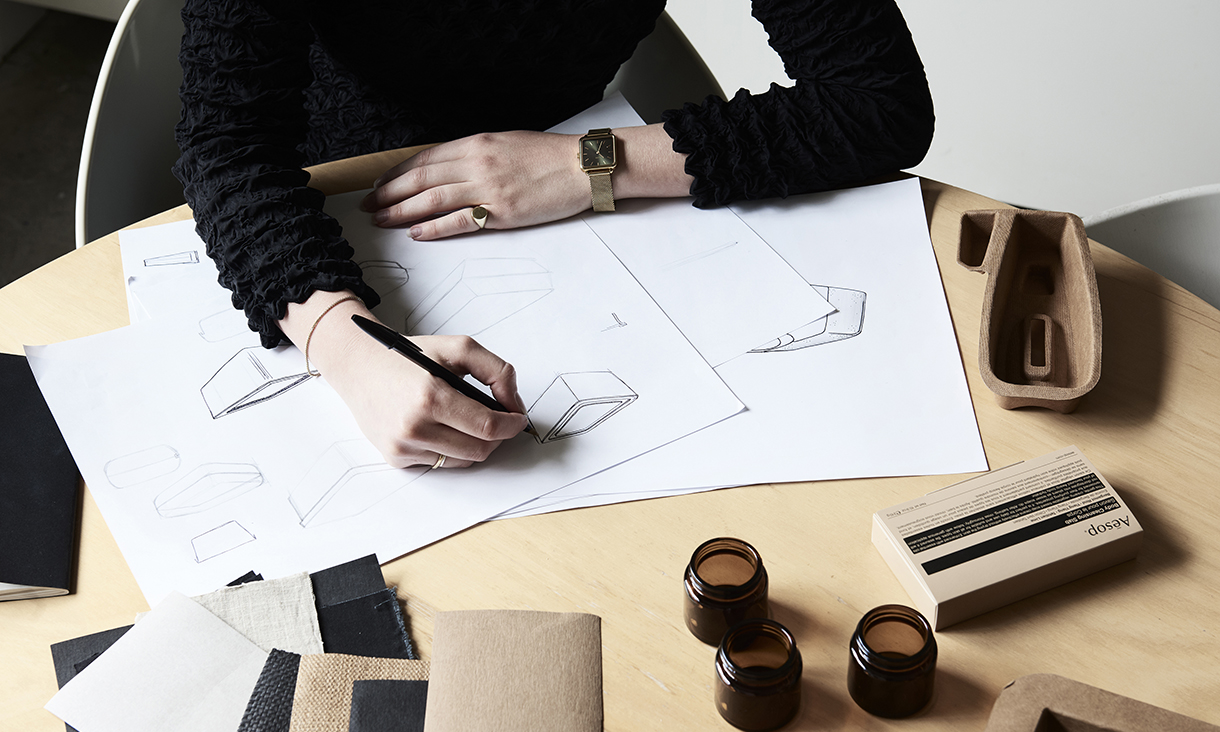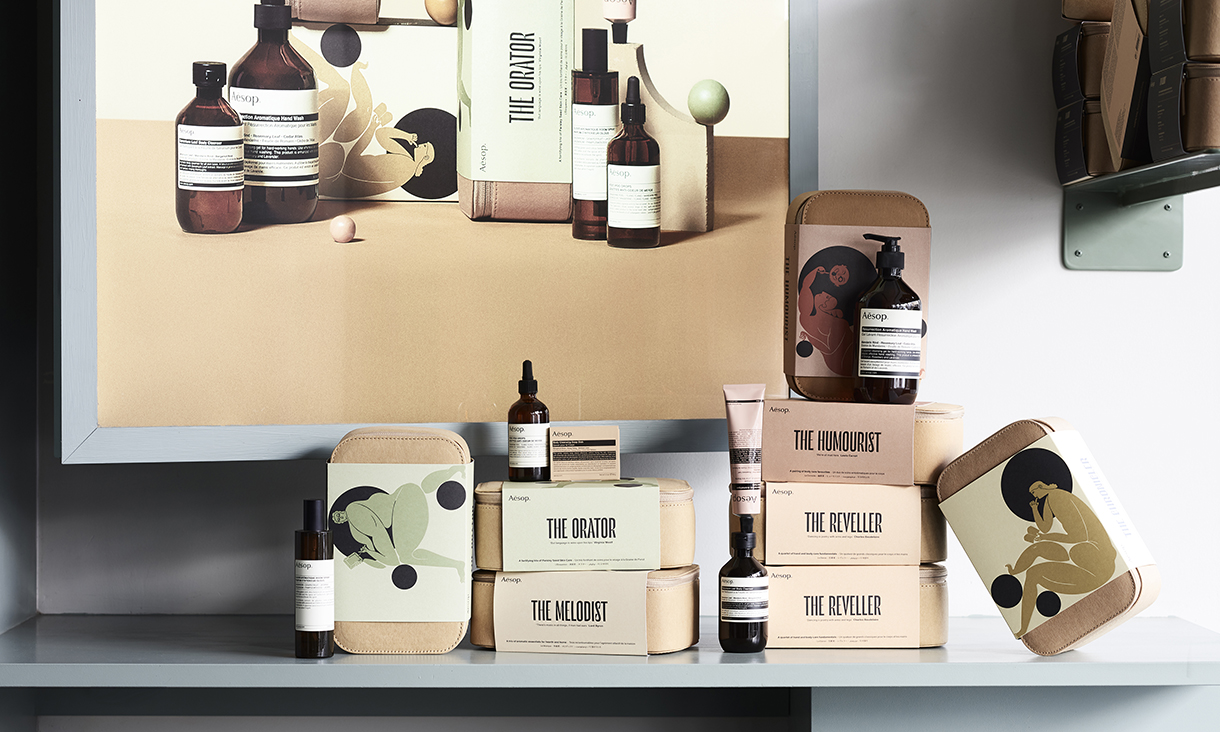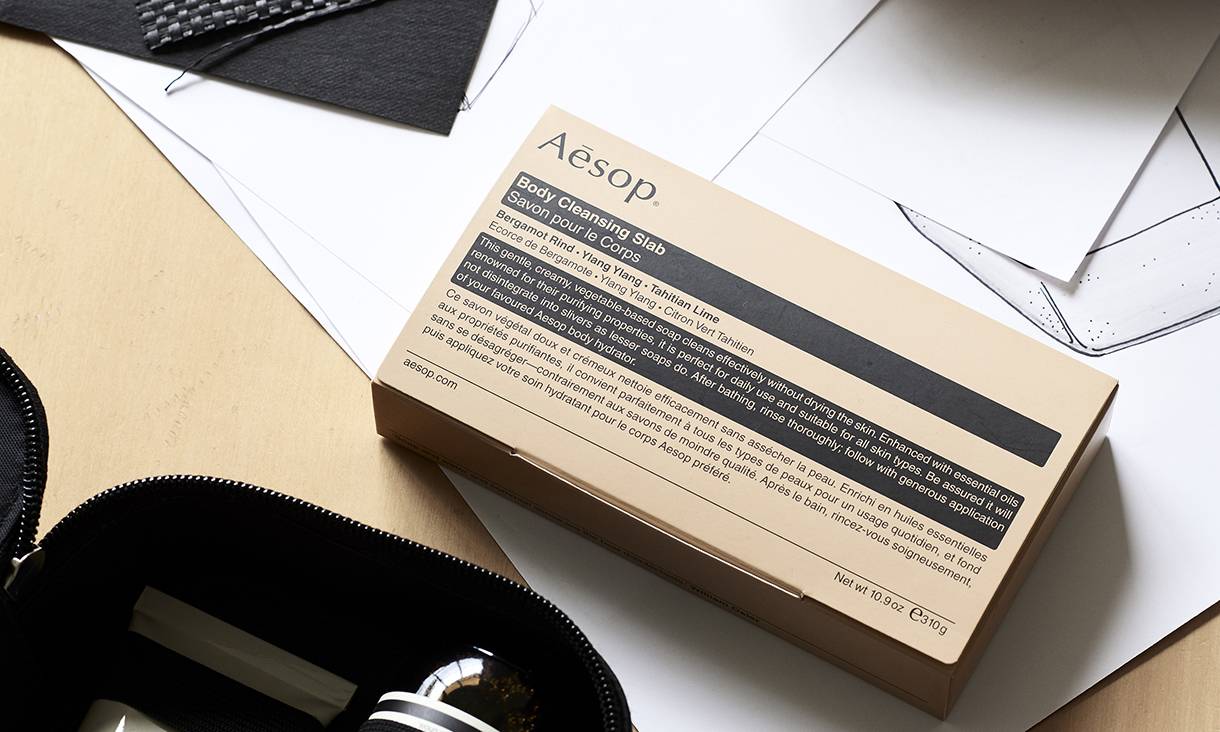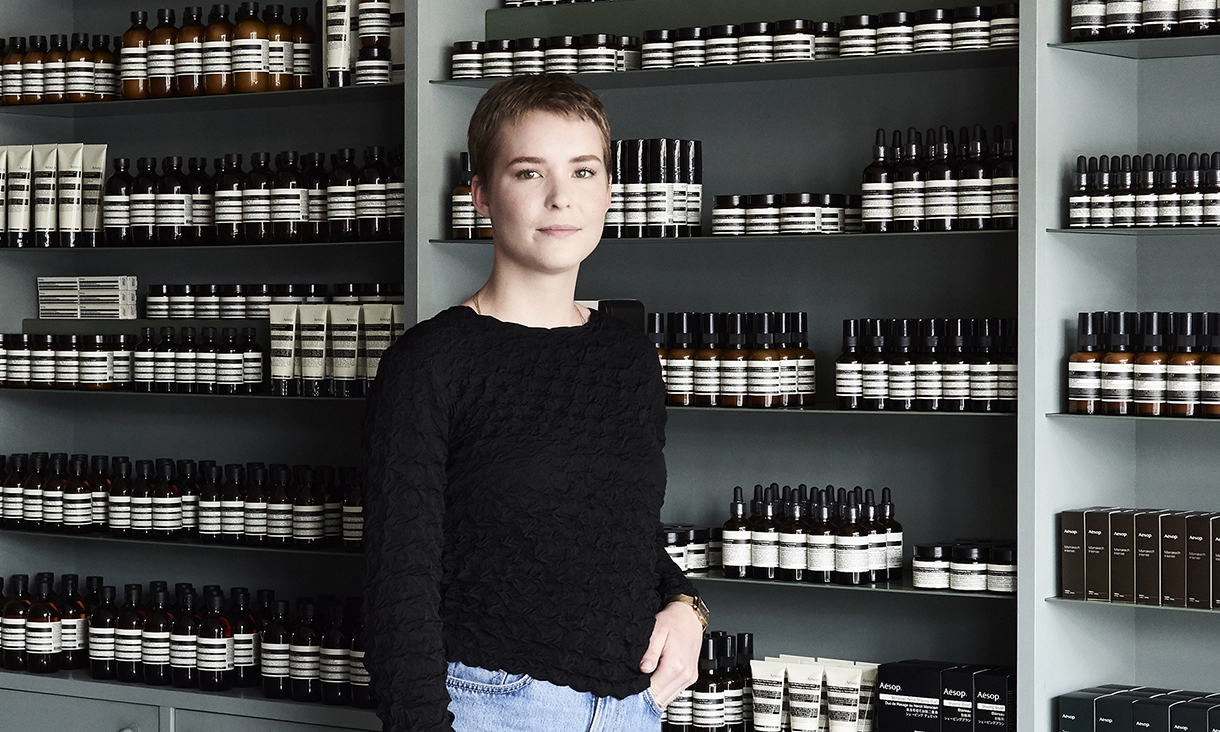Equipped with a Bachelor of Industrial Design (Honours) from RMIT, Beatrice landed her dream job as Product Packaging Designer at Aēsop. Here’s how she did it!
Beatrice Preston Zly has always loved beautiful objects. But it’s not just aesthetics that attract her – a zealous passion for understanding how things work, and a natural interest in the environment have underscored her exploration of design since embarking upon her creative career.
When Beatrice was coming to the end of her VCE year, she admits that she wasn’t too concerned about researching universities.
“When it came down to it, I knew I wanted to study design and that RMIT is world-renowned for it,” she reflects.
With her sights set on a Bachelor of Industrial Design (Honours), Beatrice embarked upon the undergraduate degree that supported her fascination with how things are made.
“RMIT taught me the practical skills to become a good designer,” she says.
“Above all though, at RMIT I was given the space to apply critical thinking, to realise that design transcends the creation of beautiful objects.
“The profession has great power and responsibility; we consider not just what we design, but the impacts that we design indirectly."
When entering her honours year, a compulsory component of her undergraduate degree, Beatrice’s desire for critical thought and understanding in the product design space was further nurtured. This was an opportunity to deeply investigate theories of how design interacts with the environment and society.
Along with internships at AlterFact, a ceramics studio that specialises in making 3D pieces, as well as in the Research & Development team at digital agency AKQA, these skills ultimately led her to the coveted position of Product Packaging Designer at Aēsop.
We sat down with Beatrice to ask her a few questions about the professional journey into her dream job and what’s next for her.
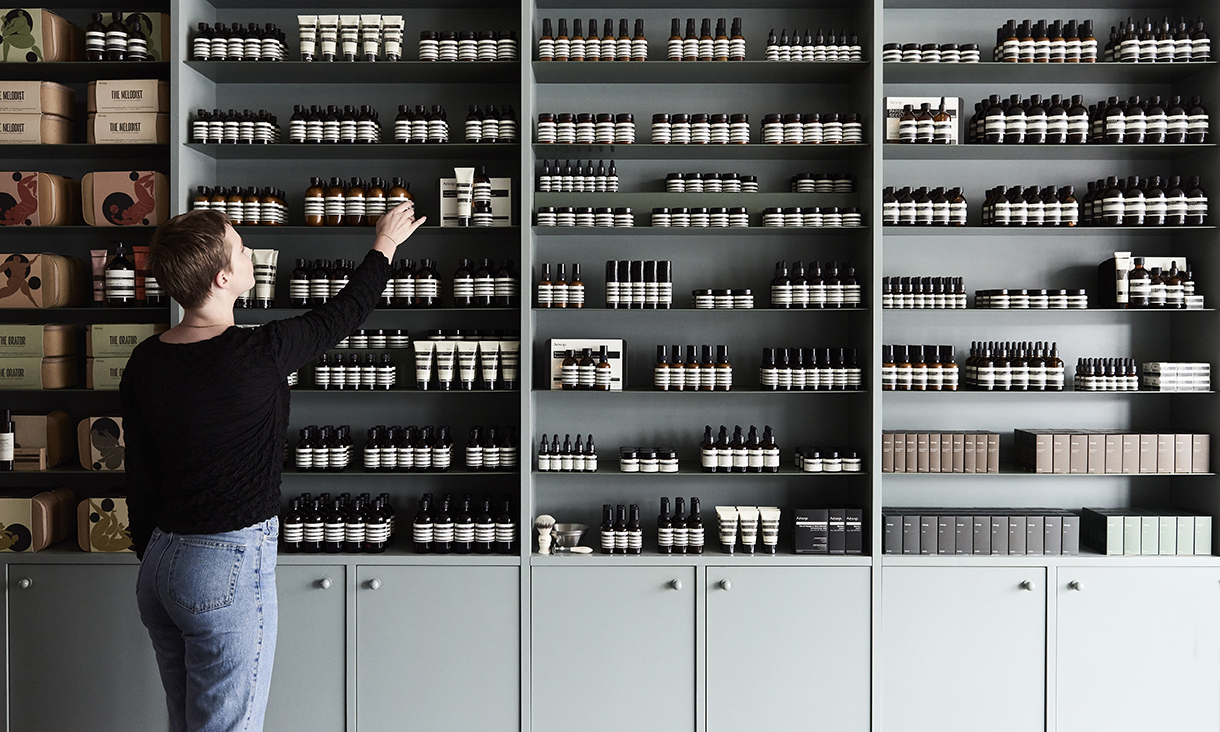 Beatrice credits her experience at RMIT for equipping her with the skills necessary to make it in the world of packaging design.
Beatrice credits her experience at RMIT for equipping her with the skills necessary to make it in the world of packaging design.
